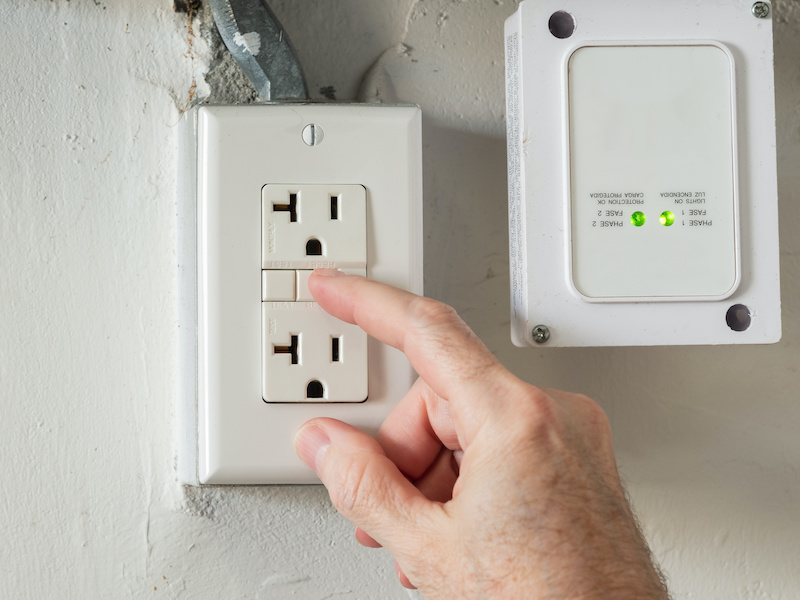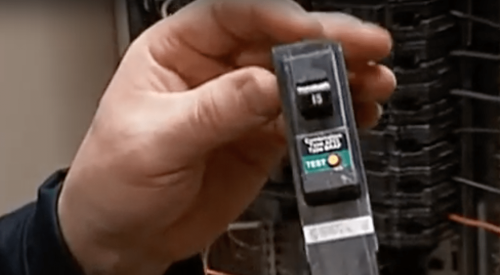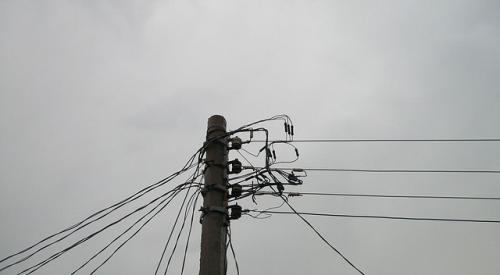For more than 50 years, homes across America have been outfitted with ground-fault circuit interrupter (GFCI) receptacles and circuit breakers. The first GFCIs were circuit breakers, and GFCI receptacles were introduced in 1971.
These devices have no doubt prevented catastrophes and saved countless lives. As with any electrical product, enhancements have been made by many reputable electrical manufacturers. And, along the way, Underwriters Laboratories (UL), the standards organization that serves as the industry watch dog, has provided sound guidance from well-respected professionals that serve on its Standards Technical Panel (STP). The result, for the most part, is that UL provides guidance and reasonable time frames for manufacturers to adopt their recommendations and meet their published standards.
However, there has been an ongoing and drawn out exception to this norm—I’m referring to the saga of UL Standard 943.
Changes for Ground-Fault Circuit Interrupters
In 2012, NEMA (National Electrical Manufacturers Association) worked with UL and the Consumer Product Safety Commission (CPSC) to announce changes for GFCIs and revisions to UL 943. The effective date for these changes to take effect was 2015. In particular, these revisions were focused on automatic monitoring/self-testing of the GFCI’s ability to respond to a ground fault and how “visual and/or audible indications” on both receptacle and breakers should become standard on these devices.
However, the 2015 revision unfortunately permitted differing sets of requirements for GFCI circuit breakers and for GFCI receptacles. In 2017, a proposal was made to remove two specific circuit breaker exceptions and make the requirements the same for both receptacles and circuit breakers. The STP later voted in favor of eliminating the circuit breaker exceptions.
RELATED
In April of 2018, UL issued an effective date notice establishing May 5, 2021 for the new requirements. But just months later in August, UL issued a new guidance document that allowed for “lack of handle movement” for a GFCI circuit breaker as an acceptable means for complying with “indication” requirement. Essentially, no indication, was the indication provided in UL’s guidance.
Confused?
Many in the industry were too and, more importantly, concerned. In short, this meant that the same GFCI breakers that previously relied on the exceptions to UL 943, would be able to continue to satisfy the standard without modification as expected with the change in the standard. In July of last year, UL withdrew this guidance document, but continued to implement the interpretation expressed.
Recent Developments Regarding UL 943
Recently, there has been some good news and bad news. First and thankfully, the UL 943 STP finally was asked for a formal interpretation and came to an overwhelming consensus that the “lack of handle movement” does not comply with the “indication” requirement. However, the bad news is that UL suggested a new time frame for manufacturers to comply with this requirement and added an additional three years to the established date of May 5, 2021. In other cases of GFCI safety, UL provided much shorter time frames for compliance.
If recent events are any indication, we know that three months—let alone three years—is an eternity, and so much can happen during that time. Imagine the potential dangers and liabilities that home builders and electricians now face if they install a breaker with no visual indication and something catastrophic happens to that home and the occupants inside?
Not only will the electrician and the builder will be held liable, but lives could be lost.
UL has a long-standing commitment to consumer safety, and I have no doubt they are still committed to that, but I implore them to reconsider the length of time for manufacturers to comply with required visual indication on all GFCI circuit breakers moving forward.
The industry has had five years to understand this. While some manufacturers have already done so, others have resisted and need to put safety over the cost of investing in new technologies to catch up to this very important standard.
The reputation of UL, home builders, electricians, and manufacturers are on the line. And so are lives.












